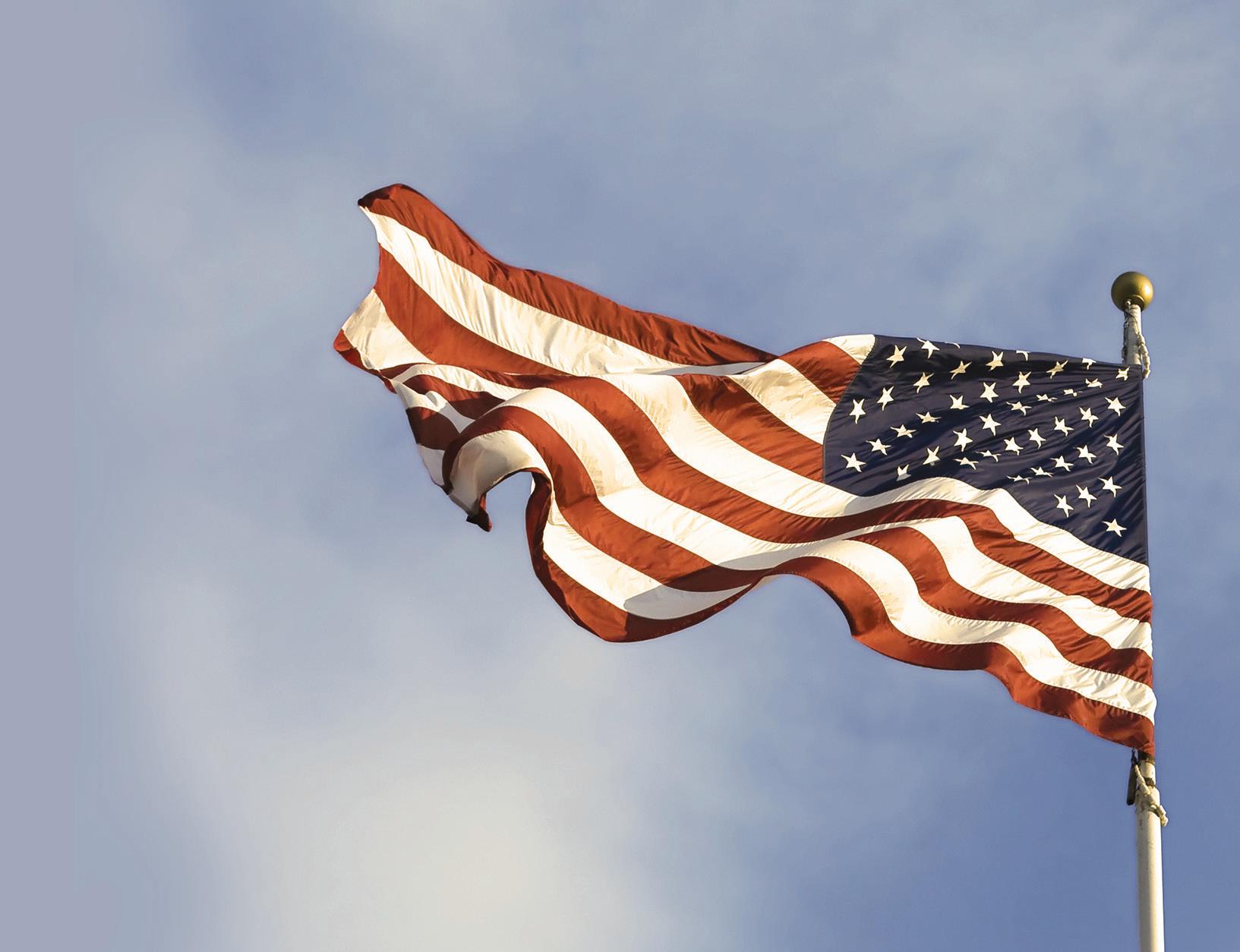
3 minute read
Funeral Services for Veterans
By Arnie Zimmerman & Randall Mundt, Cremation Society of Wisconsin
When planning a loved one’s funeral or cremation, a number of questions need to be asked by the individual helping with the planning, which most likely is a Pre-Need Specialist at a funeral home if preplanning, or the Funeral Director themselves. All aspects of the planning phase are the same for everyone except in the case of a veteran, there are a few additional steps.
Advertisement
The funeral home will need a copy of the veteran’s honorable discharge papers (DD214) to move forward with organizing any veteran benefits. If the veteran or family do not have a copy of this, one can be obtained with the help of the Veteran Services Office in the county of residence.
The question is then asked where the burial of the veteran might take place. If it will be in a veterans’ cemetery, a veteran can pre-register themselves, or their family can do so after their passing. There is no cost for the burial to the veteran, which includes a grave marker or the inscription on a columbarium. The veteran’s spouse can also be buried in the veterans’ cemetery. However, there is a fee for the opening and closing of the grave or columbarium, but it does include a marker or inscription on the columbarium.
If the veteran is buried in a non-veterans’ cemetery, the cost of the opening and closing of the grave must be paid by the family. The veteran is entitled to a military plaque or grave marker which is free to the veteran, but does have a cost of mounting or placing the marker on the grave, along with other cemetery fees.
At the family’s request, all veterans may receive military honors at their funeral. There is no fee to the family for this service. If burial takes place in a non-veterans’ cemetery, a flag staff and small US flag can be provided by the county Veteran Services Office to be placed on the veteran’s grave
A U.S. flag should be ordered by the funeral home assisting the family. In a tradition funeral service, the U.S. flag is often placed on the casket in place of flowers. The flag is removed by the military honor guards and is folded, and then given to the family. The folded flag is often on display at a memorial services.
It is the responsibility of the funeral home to organize military honor guard services, which might be local or from one of the military branches that the veteran served in. The family also may request that honor guards be present during a visitation or service and stand in attention on either side of the casket or urn. The funeral home may also display a flag representing the branch of service they served in. There is also a Presidential Memorial Certificate available to the members of the family which is signed by the current President. More than one certificate can be requested for family members and other loved ones.
The family needs to be in touch with their local Veteran Services Office to see if there are any other benefits for which they may be eligible (i.e. if the veteran had a service-related injury). The local veteran’s office quite often reaches out to a family member after the passing of their loved one to answer any questions. Military service requires a lot of sacrifice by veterans and their families. Some dedicated their entire lives to serving our country. Honoring a veteran at their funeral or memorial service not only shows respect to the veteran, but also to their families and can be part of the healing process.










